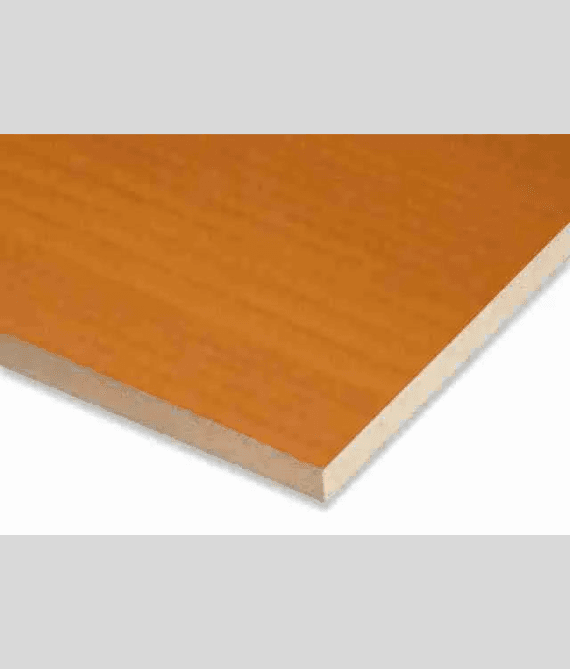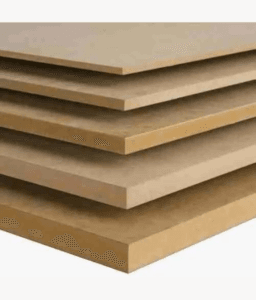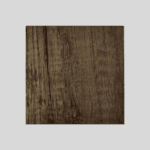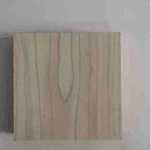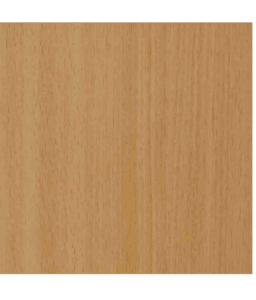When furnishing your home, choosing the right material is key. Therefore, if you’re shopping for furniture, you’ve come across MDF (Medium Density Fiberboard) or particle board. While both are popular choices for furniture production, they often spark debate over which is the better material. Both MDF and particle board are commonly used in budget-friendly furniture, but neither of them is typically used for structural components of furniture.
So, how do you decide which one is better for your needs—MDF or particle board for furniture?
What is MDF?
MDF, or Medium Density Fiberboard, is a type of engineered wood made from wood fibers combined with resin. These fibers are compressed at high temperatures, resulting in a dense, smooth board with no visible grain. MDF is a versatile material, often used in cabinets, shelves, and furniture. It’s known for its durability and smooth finish, making it easier to paint or veneer.
Types of MDF
- LDF (Low-Density Fiberboard): This is used in lightweight applications.
- HDF (High-Density Fiberboard): A denser version of MDF, often used for flooring and other heavy-duty tasks.
What is Particle Board?
- Summer Oak Particle Board 8 ft x 4 ft x 18 mm (Laminated)
- Black Cherry Particle Board (Laminated) 8 ft x 4 ft x 18 mm
Particle board, or chipboard, is another engineered wood product made from wood chips, sawmill shavings, and sawdust. These components are bonded together using a synthetic resin or another binder. The result is a lightweight, less dense material compared to MDF.
However, it must be noted that particle boards are more prone to damage when exposed to moisture or heavy weight.
Difference Between MDF and Particle Board
Let’s break down the key differences between MDF and particle board for furniture in a clear comparison:
| Feature | MDF | Particle Board |
|---|---|---|
| Density | Higher density | Lower density |
| Surface | Smooth and fine | Rougher due to wood chips |
| Durability | More durable, stronger | Less durable, weaker |
| Weight | Heavier | Lighter |
| Moisture Resistance | Higher, especially with finishes | Lower |
| Cost | Expensive | Cheaper |
| Strength | Strong, supports heavyweight | Weaker, may sag over time |
Durability: MDF vs. Particle Board
When it comes to durability, MDF is generally stronger than particle board. Its higher density gives it the ability to support heavier weights, which is why it’s commonly used in shelves, cabinets, and wall panels. If you want a piece of furniture that will last several years, MDF is the better choice for furniture.
Particle board, on the other hand, tends to be less durable. It’s more prone to damage from moisture and heavy loads. If you’re buying or building furniture for a space with minimal exposure to moisture and not too much weight (like a bedroom nightstand), particle board can be a more affordable option.
Appearance and Finish
MDF’s smooth surface is ideal for furniture pieces that will be painted or veneered. Its lack of wood grain allows for a flawless finish. I remember when a client used MDF to make custom cabinets. After painting, they looked incredibly sleek and high-end.
Particle board, however, has a rougher surface due to its wood chips. It doesn’t have the same smoothness as MDF and is more challenging to finish. Veneers can still be applied to particle boards, but they won’t look as polished as on MDF.
Water Resistance
Neither MDF nor particle board is naturally water-resistant, but MDF performs better in moisture resistance. MDF can be made water-resistant with special treatments, while particle board is more likely to swell or deteriorate if exposed to water.
Cost Comparison
If you’re on a tight budget, particle board is usually the cheaper option. It’s perfect for short-term furniture or projects that don’t need to last a lifetime. Many customers opt for particle board when building temporary shelves or simple home office furniture.
However, if you’re looking for longevity and durability, MDF is worth the extra investment.
Which One Should You Choose?
Choosing between MDF and particle board for furniture depends on your specific needs. Here are a few scenarios to help guide your decision:
- Budget-friendly, lightweight furniture: Particle board is your go-to. It’s inexpensive and does the job for temporary or light-use furniture.
- Durable, long-lasting furniture: MDF is the better choice. It’s denser, stronger, and more durable, making it ideal for shelves, cabinets, and high-use furniture pieces.
- Moisture-sensitive areas: MDF performs better than particle boards in moist environments, especially when sealed. Avoid using particle board in bathrooms or kitchens unless it’s well-sealed.
Is MDF a Type of Particle Board?
This is a common question, but MDF and particle board are different materials. MDF is a more advanced engineered wood composite, while particle board is a simpler, lighter, and less durable material. Both are made from wood by-products, but the processes and densities differ, making MDF the stronger option.
MDF or Particle Board for Furniture?
So, which is better—MDF or particle board for furniture? The answer hinges on your specific needs. If you’re after budget-friendly, lightweight options, particle board can be a great choice. It’s perfect for temporary solutions or lighter-use furniture. However, if you want something that stands the test of time, MDF is the clear winner.
Sikam Furniture always encourages customers to think about their long-term plans for their furniture. If you envision a piece lasting for years, MDF is the way to go. Its durability and strength make it suitable for high-use areas, ensuring you won’t have to replace it anytime soon. On the other hand, if you’re working on a temporary project or need something for a short-term space, particle board can be a cost-effective alternative. Choosing the right material with Sikam Furniture can make a significant difference in the longevity and satisfaction of your furniture investment.

